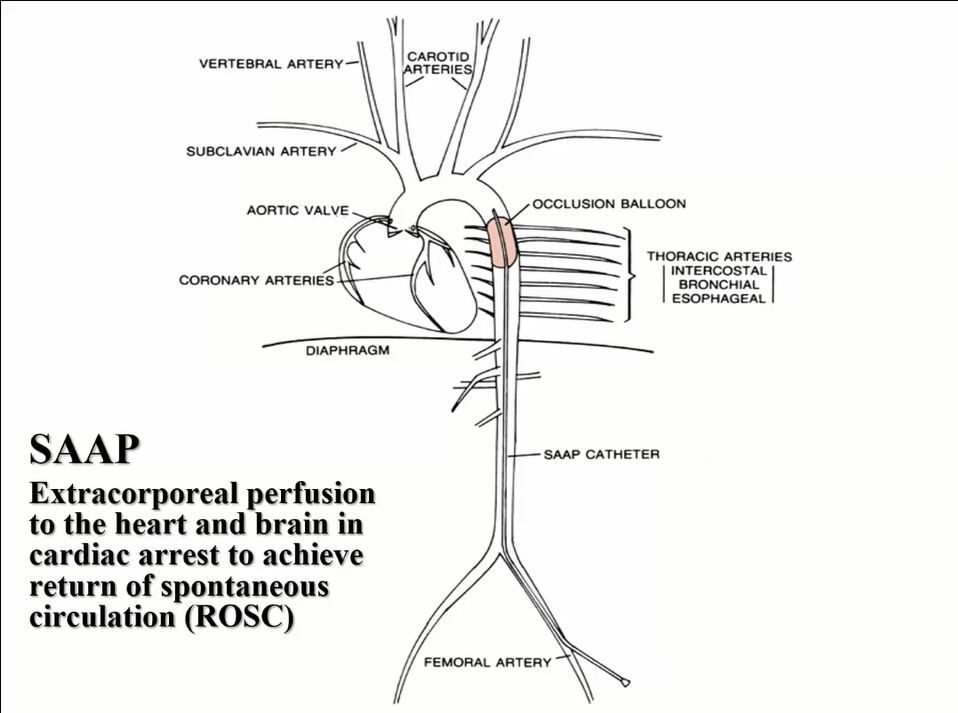Edward Pickering, MD, Assistant Professor of Medicine, Division of Pulmonary & Critical Care Medicine at University of Maryland SOM and Director, Interventional Pulmonology at Baltimore VAMC, presents the weekly multi-departmental critical care fellows’ lecture on “Evaluation and Management of Hemoptysis: From a Trickle to Projectile.”
Lecture summary by Dr. Jason Nam
Definition of Massive Hemoptysis
- No uniform cut off value or definition
- Life threatening is a better term. Chronic respiratory failure- 50mL/hr can cause hypoxemia and instability.
- Definition- airway obstruction from clots, hypoxemia, need for mechanical ventilation, or hemodynamic instability.
- Don’t want to underestimate other factors- like ability to protect airway, rate of bleeding, and underlying co-morbidities.
- Etiology- airway disease (bronchiectasis, neoplasm), parenchymal disease (infection, immunologic, neoplasm), or vascular causes (AVM, pseudoaneurysm, valvular disease, VTE).
- 90% is bronchial artery in supply. Failed Bronchial artery embolization (BAE)- 25%. Either unsuccessful or non-bronchial system supply.
- Diagnosis and localization: CXR, traditional CT, multi-detector CT, or bronchoscopy.
Initial management-
- Stabilize the patient, bad lung down if you know, airway protection, intubation.
- Intubate with at least size>8 ETT clear airway of clot. Lung isolation- protect the good side. Selective mainstem intubation, Fogarty. Selective mainstem intubation. Protect left side when right side is filling up with blood.
- Fogarty balloons– available in multiple sizes. Except for 8Fr, must maintain manual inflation. Make sure to read insert- different volumes of air/saline for each size.
- Bronchial blockers- available in 5, 7, 9Fr. Spherical or elliptical. 3 ports. Wire loop for guide via scope. Determine dimensions. Lubricate well. Attach multisport adaptor.
- Topical therapies-Iced saline aliquots- no randomized trials. Topical epinephrine- unpredictable absorption. Thrombin- promotes clot formation via fibrin activation.
- Multidisciplinary approach. Most likely, interventional radiology will treat the cause.
Post-tracheostomy bleeding
- Incidence 5%. Timing narrows differential. First 2-3 days tend to be local factors. Weeks 1-6 tracheo-innominate fistula.
- Minor oozing- due to submucosal vessel or coagulopathy. Treat with gauze, silver nitrate sticks, correct coagulopathy. More significant bleeding due to thyroid vein/artery, thyroid isthmus, or suction trauma.
Tracheo-innominate fistula
catastrophic and most feared complication. Peaks around week 3-4. 2 main causes: low tracheostomy (below 4th tracheal ring) or high-riding innominate artery.
Discussion of various patient scenarios
- Patient scenario #1 with life threatening hemoptysis. Bronchoscopy shows clots. Clot is your friend because it is causing tamponade. Bleeding probably distal to the clot.
- You see no evidence of continued bleeding. Biopsy suspicious for squamous cell carcinoma. Patient gets BAE. 1/3 of patients especially those in malignancy have non-bronchial sources of bleeding. Good short term success. 2 weeks later- recurrent massive hemoptysis. Bronchial blocker placed. Patient never received a CTA. Now gets one, and you see massive RLL pseudo aneurysm. Gets IR coils placed. CTA very helpful for identifying cause and structure.
- Patient scenario #2 presented with acute hemoptysis of 200mL. Bronchoscopy revealed large fistula. Thoracic surgery consulted for right pneumonectomy. Surgery usually reserved for refractive cases.
- Patient scenario #3 presented with MH and respiratory failure. Bronchoscopy revealed bleeding in RLL and bronchial blocker deployed.
- Patient scenario #4- HIV male with recent presumed HSV esophagitis. Hematemesis with aspirated blood clots masquerading as hemoptysis.
- Patient scenario #5– MH. Patient suffered from large endoluminal tumor.
Important takeaway points
- Airway control/stabilization comes first!
- MDCT scan provides wealth of information
- Etiology often guides approach
- Questions? Epi to help with DAH? Probably a temporary measure at best.
- When to call IP folks? Depends on history and causes. Patient stability.
References
- Radchenko, Christopher, Abdul Hamid Alraiyes, and Samira Shojaee. “A systematic approach to the management of massive hemoptysis.” Journal of thoracic disease 9.Suppl 10 (2017): S1069. https://www-ncbi-nlm-nih-gov.proxy-hs.researchport.umd.edu/pubmed/29214066
- Sakr, L., and H. Dutau. “Massive hemoptysis: an update on the role of bronchoscopy in diagnosis and management.” Respiration 80.1 (2010): 38-58. https://www.ncbi.nlm.nih.gov/pubmed/20090288
Posted by Sami Safadi, MD
Podcast: Play in new window | Download
Subscribe: Apple Podcasts | RSS



